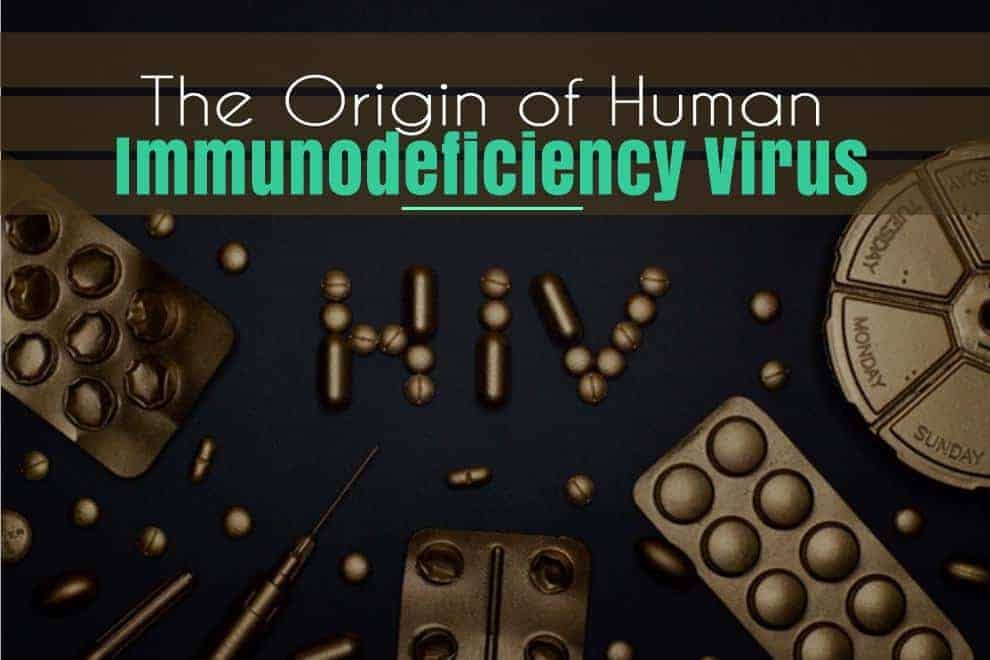The Human Immunodeficiency Virus (HIV) has become a global public health issue. At the end of 2021, an estimated 37.7 million people had HIV infections(1), according to the World Health Organization (WHO).
Various Food and Drug Administration (FDA)-approved prescription medications are available for HIV patients.
Individuals may opt to complement these pharmaceuticals with non-prescription alternative therapies, including cannabis-derived extracts for HIV and plant essences to boost immunity. Read more about this.
HIV patients should consult their doctor or other medical professionals before taking new alternative therapies to help relieve or reduce HIV symptoms. Physicians can guide them on the medications’ usage, risks, and side effects.
What Exactly Is HIV?
HIV is a virus that can induce physical and cognitive effects on the human body by attacking the immune system.
While HIV does not invade neurons (nerve cells), it affects their function by infecting neuron-surrounding glial cells(2). The glial cells protect and support neurons.
HIV-triggered inflammation may damage the central nervous system (CNS), including the brain and spinal cord, causing forgetfulness and confusion(3).
HIV may also produce various physical symptoms depending on the disease’s progression. According to the Mayo Clinic, potential symptoms of acute HIV may include(4):
- Muscle and joint pain
- Rashes
- Sore throat
- Diarrhea
- Cough
- Night sweats
Several similarities exist between HIV-1 and HIV-2(5).
HIV-1 is closely related to a particular strain of SIV in chimpanzees. In contrast, HIV-2 is closely related to a strain of SIV in sooty mangabeys. Sooty mangabeys are native to tropical West Africa.
Possible Origins of HIV
The first verified case of HIV seems to date back to a blood sample extracted in 1959 from a man living in the Democratic Republic of Congo(6). The HIV was retrospectively detected through HIV blood tests.
Other medical records suggest that individuals may have died from AIDS before 1959. However, the 1959 test results may be the first HIV/AIDS case medical professionals detected by a blood sample(7).
Here are some other significant topics related to the origin of HIV.
Did HIV Originate From Monkeys?
In 1999, researchers discovered a new strain of SIV in chimpanzees that were nearly identical to HIV in humans(8). The researchers hypothesized that HIV-1 originated in chimpanzees, and the virus transferred from chimps to humans.
In addition, the researchers suggested that the two SIV strains joined to form a third virus infecting other chimps and humans(9).
The scientists then researched how SIV could have developed in the chimps. They discovered that the chimps had consumed smaller species of monkeys(10).
Subsequently, the smaller monkeys infected the chimpanzees with two SIV strains.
HIV-2’s Transmission to Humans
Researchers believe the crossover of SIV from sooty mangabey monkeys to humans may have occurred from the butchering and consumption of monkey meat(11).
HIV-2 is less infectious than HIV-1 and thus affects fewer people(12).
Did HIV Originate in Africa?
Researchers used the 1959 HIV-positive blood sample mentioned above to trace HIV’s history and help determine its origins.
They concluded that the first SIV to HIV transmission in humans occurred around 1920 in the Democratic Republic of Congo(13).
Researchers also examined the earliest transmissions of SIV to humans to study some of the first documented cases of AIDS.
The Importance of Haiti in HIV’s Origins
In the 1960s, the “B” subtype of HIV-1 was first reported in the Americas, in Hait(14). During this time, several Haitian professionals working in the Democratic Republic of Congo during the 1960s returned to Haiti(15).
The HIV-1 subtype M has become responsible for the majority of HIV epidemics globally(16).
HIV/AIDS in the US During the 1980s
People sometimes erroneously argue that HIV began in the USA in the 1980s. However, this time was when the American public became aware of HIV, and the US recognized it as a new health condition.
An HIV/AIDS epidemic transpired in the US during the mid-1980s(17).
In the 1980s, a spike in cases of Kaposi’s Sarcoma (rare cancer) and pneumocystis pneumonia (PCP) was reported in New York and California(18-19). PCP is a severe fungus-induced infection.
However, the infectious disease causing the spread of these diseases was uncertain.
The public initially referred to the disease by various terms referring to homosexual men.
However, in 1982 scientists observed that the disease was also spreading among other populations, including hemophiliacs and heroin users(20-21). Hemophilia is a genetic bleeding disorder in which blood does not clot properly.
The Centers for Disease Control and Prevention (CDC) first used the term “AIDS” in September 1982(22).
Wrap Up
As with the origins of other diseases, it is critical to separate fact from fiction.
Research suggests that the first reported HIV case was recorded in 1959(23), HIV was transmitted to humans through SIV(24), and the first HIV cases in the Americas occurred in Haiti(25).
More research is needed on HIV, including its origins, transmission, and treatment.
Today, treatments like antiretroviral medications may help control HIV/AIDS. Alternative therapies may help complement such pharmaceuticals.
Meanwhile, researchers continue to conduct research for a cure for one of the most devastating pandemics in modern history.
ALSO READ: Is the breakthrough ‘HIV-cure’ applicable for the larger masses?










